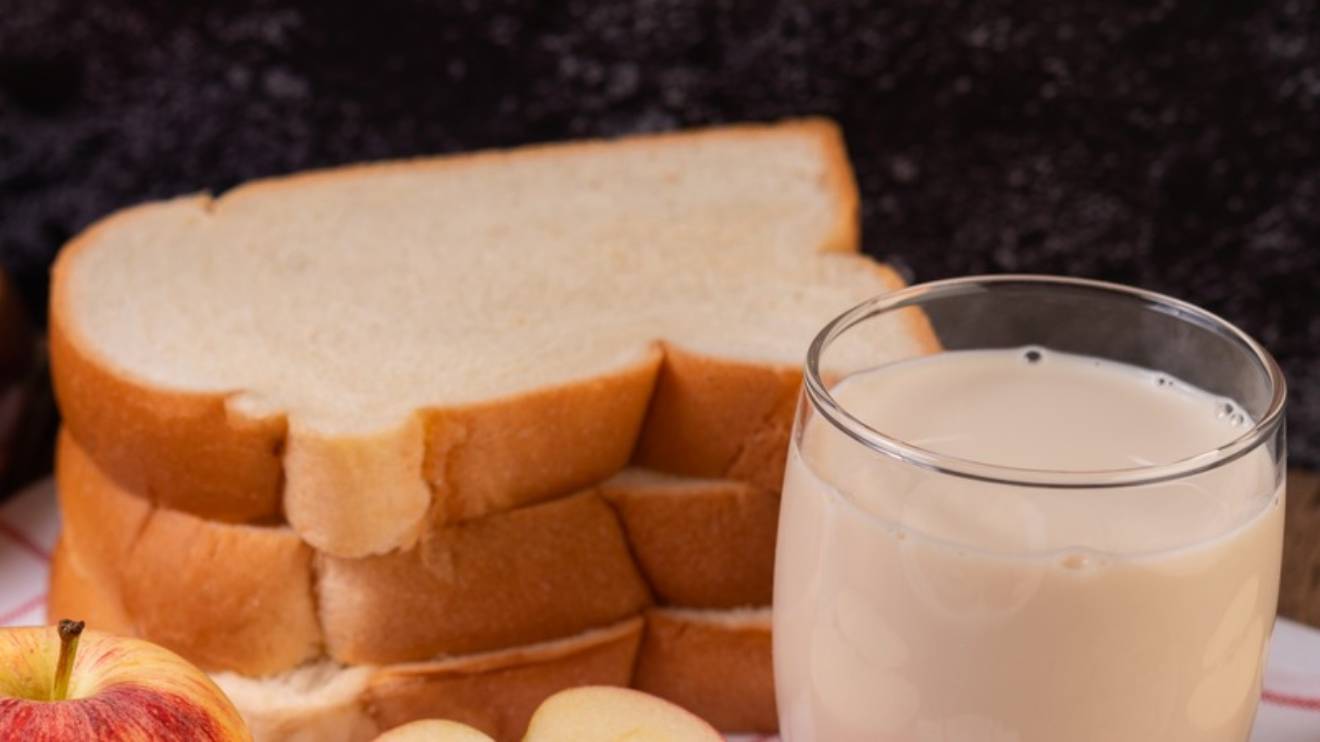The Treasury is contemplating imposing a 16 per cent value-added tax (VAT) on milk and bread, marking a potential shift in Kenya's taxation landscape.
This initiative revealed during the 12th African Fiscal Forum by Treasury Cabinet Secretary Njuguna Ndung’u, aims to bolster revenue collections from middle-class households.
Addressing the forum, Ndung’u emphasized the necessity of revising the existing tax framework, which currently exempts milk and bread from VAT.
He underscored that this exemption hasn't effectively safeguarded the intended impoverished households.
"The total VAT collected in Kenya is close to about 40 per cent of the total taxes, but 18 per cent of it goes to refunds on products that are presumed to be consumed by the poor," Ndung’u stated, shedding light on the inefficiencies of the current system.
Read More
He elaborated, "When you look at those products then you realize that 95 per cent goes to bread and milk. Who goes to the supermarket to buy bread and milk? So, we are not actually compensating the poor, but the middle class."
If implemented, the VAT adjustment will lead to a slight increase in the prices of milk and bread.
For instance, a 400-gram loaf of bread is expected to rise by approximately Sh9.
This move aligns with the government's ambitious target to collect Sh2.95 trillion in taxes for the fiscal year 2024/25, relying on a series of proposed tax measures.
The consideration of taxing staple goods like milk and bread has sparked discussions across various sectors.
Critics argue that such a move could disproportionately burden middle-class households already grappling with rising living costs.
On the other hand, proponents contend that it's a necessary step towards achieving fiscal stability and ensuring equitable tax distribution.
As deliberations continue, the potential impact of this proposed VAT increase remains a focal point for policymakers and citizens alike.
Should the initiative materialize, it could mark a significant shift in Kenya's tax policies, prompting a reevaluation of consumption patterns and socio-economic dynamics.




-1714403693.jpg)


-1714232911.jpeg)


-1714512294.jpg)